The angle in question is called the “carrying angle” and is seen when the arm is extended straight by the side (it’s easier to see if your palm is facing forward). The website, http://www.healthline.com/human-body-maps/elbow , provides the following information. “The resting angle of the elbow prevents the arms from hitting the sides of your body as you walk. This is known as the “carrying angle.” Women typically have smaller shoulders and wider hips than men, and this can cause variations between carrying angles in men and women.” The greater carrying angle in women develops during puberty. There have been quite a few studies done (you can google it), and the difference in carrying angle is now seen by many as a secondary sex characteristic (which could be used as a means to differentiate male and female skeletons). Here are two examples from my studio, male on the left and female on the right:
So that is my brief and unscientific exploration of the topic to date. I’m still pondering the effects carrying angle might have on the bow arm. Seems like it might make for more natural pronation in females, but I need to get out the construction paper and experiment (the only way I figured out this much). In the both holding the violin and in bowing, elbow carrying angle might be a factor contributing to the fact that more females suffer playing-related injuries than men. Any thoughts?
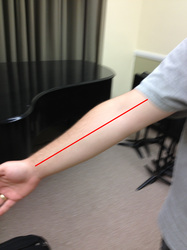
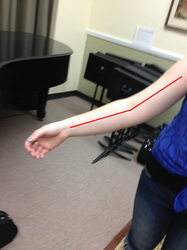
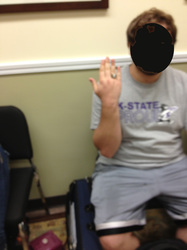
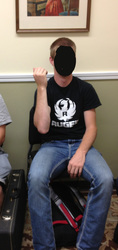
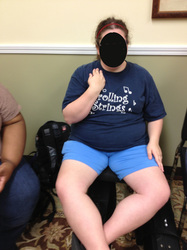
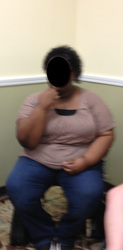
 RSS Feed
RSS Feed